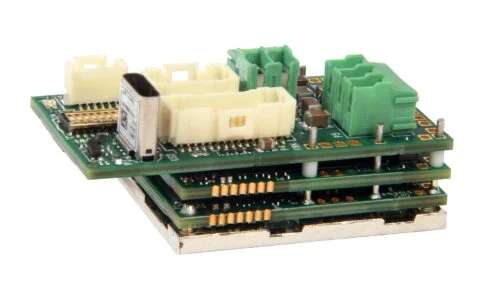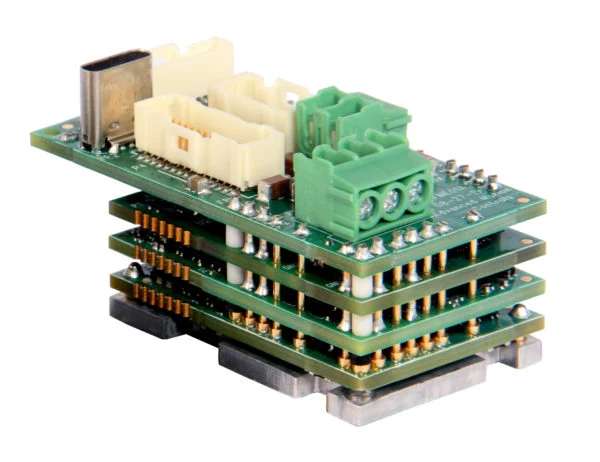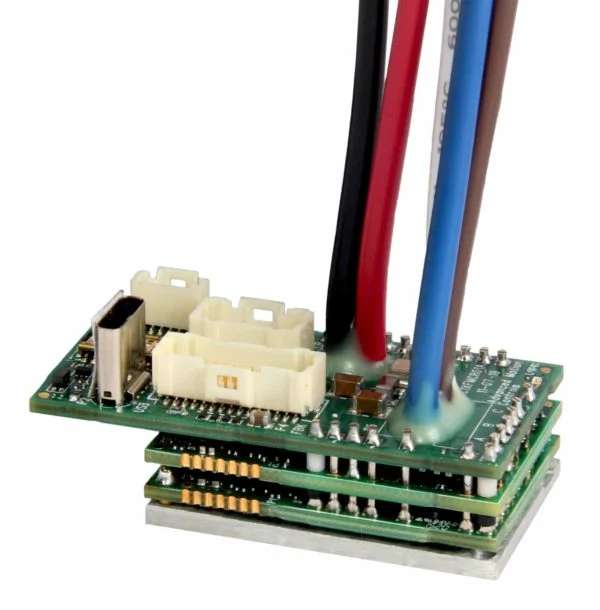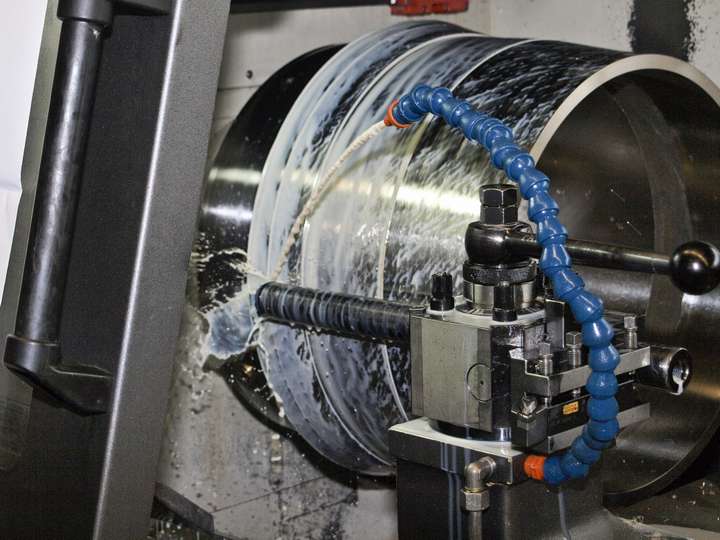In the world of manufacturing, precision and efficiency reign supreme. At the heart of this domain, Computer Numerical Control (CNC) systems transform digital instructions into the meticulous choreography of machine tools. Integral to this process are servo drives, whose role cannot be overstated. This guide delves into how these components are pivotal to CNC machines, enhancing not just performance but also the capability to execute complex designs with astonishing accuracy.

CNC technology has revolutionized manufacturing by automating machine tools via computer programming. Key to this automation is servo drives, which facilitate precise control over the machine’s moving parts, ensuring outputs that are not only accurate but also repeatable.
What Are Servo Drives?
Servo drives are sophisticated devices that regulate the position, speed, and torque of a motor based on feedback received from the system. This feedback loop is critical in applications requiring high precision, such as in CNC machining.
Selecting the appropriate servo drives and controllers manufacturer is essential for achieving dependable and effective operation in your systems, in industrial automation, robotics, or other precise control environments.
Importance of Servo Drives in Automation
In automated machining, the reliability and precision of movement are paramount. Servo drives meet these demands by providing refined control mechanisms that enhance the operation of CNC machines, making them indispensable in modern manufacturing setups.
How Do Servo Drives Function in CNC Machines?

Understanding the functionality of servo drives within CNC systems reveals their significance in improving machine performance, from simple tasks to complex manufacturing processes.
- Motion Control: Servo drives offer unparalleled control over the machine’s movements, allowing for smooth and precise cuts.
- Precision: They adjust the motor’s position to the finest detail, which is crucial for high-precision tasks.
- Response Times: Fast response times ensure quick corrections, keeping operations efficient and accurate.
Key Components of Servo Drives
At the core of a servo drive’s functionality are several critical components:
- Motor: The primary mover in the system, often a high-efficiency model tailored for precision.
- Encoder: This component provides real-time feedback by encoding the position, speed, and direction of the motor shaft.
- Controller: Acts as the brain, processing the encoder’s data to adjust motor output accordingly.
Why Are Servo Drives Essential for CNC Machining?

Servo drives elevate the capabilities of CNC machines, transforming them into highly precise and efficient manufacturing tools.
Enhancing Precision and Accuracy
By continuously adjusting the motor’s position to align with the CNC program’s parameters, servo drives ensure that machining operations adhere strictly to design specifications. This level of precision is critical in industries where even a millimeter’s deviation can lead to significant product defects.
Increasing Machine Speed and Efficiency
Faster machine speeds are achievable due to the rapid response rates and precise motion control provided by servo drives. This results in increased production rates and enhanced process optimization, making high-volume manufacturing viable and cost-effective.
What Types of Servo Drives Are Used in CNC Machines?
Different types of servo drives cater to various needs within CNC machining, each with its own set of advantages.
- AC Servo Drives: Preferred for their high power output and efficiency.
- DC Servo Drives: Known for their simplicity and reliability.
- Brushless Servo Drives: These offer longer life spans and require minimal maintenance, suitable for complex applications.
Installation and Maintenance of Servo Drives

Proper installation and routine maintenance are crucial for maximizing the lifespan and effectiveness of servo drives.
Installation Steps
- Mounting: Secure the servo drive in a position that allows ample cooling and easy access for maintenance.
- Wiring: Connect the drive to the motor and power source according to the manufacturer’s specifications.
Maintenance Tips
- Routine Inspections: Regular checks for wear and tear.
- Software Updates: Keeping the drive’s software up-to-date ensures optimal performance and security.
How to Troubleshoot Common Servo Drive Issues?
Even with robust design and maintenance, issues can arise. Understanding common problems and their solutions is key to minimizing downtime.
- Overheating: Ensure adequate cooling and check for overloads.
- Feedback Errors: Inspect encoder signals and connections for discrepancies.
What Are the Advantages of Using Servo Drives in CNC Machining?

Servo drives bring a multitude of benefits to CNC machining, such as improved accuracy, reduced waste, and faster production times. These advantages manifest in higher quality products and more efficient operations, crucial for maintaining competitiveness in the manufacturing industry.
How to Select the Right Servo Drive for Your CNC Machine?
Choosing the correct servo drive involves considering factors like machine type, operation scale, and precision needs. Each factor plays a crucial role in ensuring that the servo drive enhances the CNC machine’s performance effectively.
What Are the Key Specifications to Consider?
- Power Output: Determines the drive’s ability to handle loads.
- Torque: Affects the motor’s ability to perform under pressure.
- Control Features: Advanced features can greatly enhance machine capability.
Case Studies: Success Stories Using Servo Drives in CNC Machining
Across industries, from aerospace to automotive, the integration of servo drives has led to significant performance improvements and economic benefits. These success stories highlight the transformative potential of servo technology in precision machining.
Future Trends in Servo Drive Technology
Emerging technologies and innovations continue to push the boundaries of what servo drives can achieve. With advancements in AI and machine learning, servo drives are becoming even more integral to the CNC machining process, promising even greater efficiencies and capabilities.
Conclusion
The journey through the landscape of CNC machining and servo drives underscores their essential role in modern manufacturing. As technology progresses, the potential for optimizing CNC operations with advanced servo technology only increases, promising a future where precision and efficiency are not just goals but guarantees.

